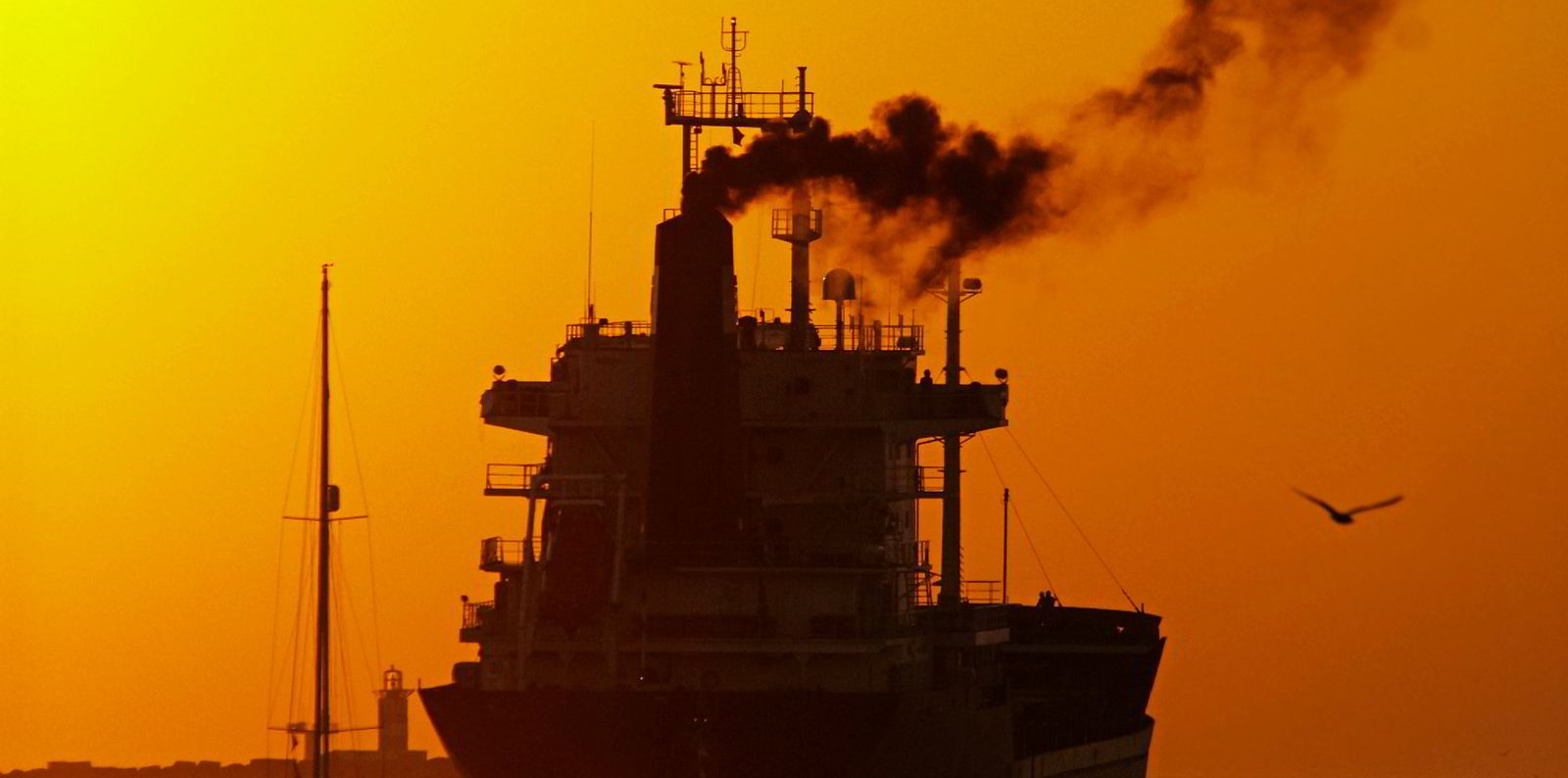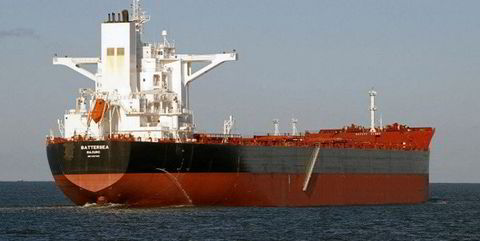Greek shipowners rarely see eye to eye with their northern European peers, let alone with environmental organisations.
So it came as a surprise in early April to see the Union of Greek Shipowners (UGS) and the Swedish Shipowners’ Association joining forces with Transport & Environment (T&E), a non-governmental organisation, on a matter of policy.
The issue that brought the unlikely bedfellows together is the European Union plan to incorporate shipping into its emissions trading system (ETS).
Most shipping players and organisations initially expressed dismay at the prospect, preferring the International Maritime Organization to come up with market-based measures, such as carbon trading, to reduce greenhouse gas (GHG) emissions.
Their latest moves to coalesce with the help of NGOs to stake out common positions and try to influence European legislation while it is being prepared shows that the inevitability of shipping’s inclusion in the ETS is finally sinking in.
“It’s no longer a question of if, but of how,” says Faig Abbasov, T&E’s shipping programme director.
The odd north-south coalition created by T&E’s initiative has grown even wider since, with shipowners from as far apart as Norway and Italy joining in.
The European Commission, the body in charge of formulating and executing the EU’s legislation, is under intense political pressure to include shipping in Europe’s carbon trading scheme.
As its 27 member countries pursue the ambitious target of becoming the first continent to emit net zero carbon emissions by 2050, shipping is one of the few industries still left out of the ETS’ scope.
“The world is sea-blind,” biofuels producer GoodFuels said in a consultation paper submitted to the commission.
Such comments reflect a widespread perception, whether justified or not, that shipping has been a blind spot for climate policies and that the IMO is too slow to take action on its own and needs outside prodding to move along.
Shipping accounts for an estimated 13% of all GHGs emitted by EU transport. The European Parliament already backs shipping’s inclusion in the ETS — the world’s biggest GHG trading scheme, covering about 40% of the EU’s total emissions.
The EC is expected to unveil at the end of June its first draft of the terms of shipping’s inclusion. None of its proposals have leaked so far, leaving players at a loss as to what to expect.
Key parameters are still wide open for debate. Their final shape is going to make an enormous difference, in terms of how much the environment will benefit from the ETS and how big a financial and administrative burden shipping companies will ultimately face.
The biggest question mark concerns the measure’s geographic scope.

Voyages between ports in the European Economic Area (the EEA — EU territorial waters plus those of Iceland, Liechtenstein and Norway) generate just 38% of all EU trade-related maritime emissions.
Extending the measure to voyages between the EEA and other continents would greatly increase its environmental benefit. Emissions from maritime activity should be easy to check, since they are already covered by the EU’s monitor, report and verification regime.
Greek and Swedish shipowners support a wide geographical scope of the ETS, arguing that its limitation to EEA waters would leave small shortsea operators to carry the entire burden of the scheme.
Big liner companies represented in the World Shipping Council (WSC), by contrast, prefer the measure to be applied to intra-EEA waters only. Doing otherwise risks inciting legal challenges or even reprisals from Europe’s international trading partners, they say.
That possibility should not be discounted. The EU backed down in the face of such threats about 10 years ago, when it considered including international flights in the ETS.
Some ports are concerned as well, especially those at the EU’s fringe. Brexit may enable some companies to avoid European emission rights by transshipping their cargo just outside EU waters.
The Spanish port of Algeciras estimates that it might lose up to 70% of traffic to nearby terminals, depending on the geographical scope of the ETS and the price of carbon emission rights traded in it.
The price-setting mechanism is another thorny issue. Wide price fluctuations in the current ETS distress shipowners. Carbon trading is “susceptible to distortion, profiteering and speculation”, UGS president Theodore Veniamis says.
The joint paper co-signed by Veniamis demands that a way be found to curb violent price moves.
One option might be a separate ETS, just for shipping. A stand-alone scheme would also reassure maritime players that any funds raised would flow back into research for zero-carbon bunkers, rather than just filling European governments’ coffers.
The biggest factor influencing carbon prices, however, will be the number of free allowances, called EUAs, that shipping companies will receive. The UGS, the Swedish owners and the T&E want no free allowances issued at all. Liner companies, by contrast, want the industry to obtain its fair share of free allowances, just as aviation companies do.
Maritime players are also in two minds as to whether charterers should carry part of the carbon cost as well. Several owners say they should, as it is often the commercial operators that decide what speed vessels sail at and how much carbon they ultimately emit.
The WSC, however, has “strongly recommended” that shipowners alone should be held responsible for any carbon price to be paid. Restricting payment to commercial operators would remove incentives for shipowners to improve their vessels’ performance and efficiency, liner companies say.
Greek shipowners beg to differ.
“Let us assume that in the not-so-distant future fuel prices drop significantly,” the UGS argues in the consultation paper submitted to EU authorities. “This would increase the charterer’s incentive to instruct the shipowner to sail the ship faster, thus increasing the ship’s CO2 emissions.”








